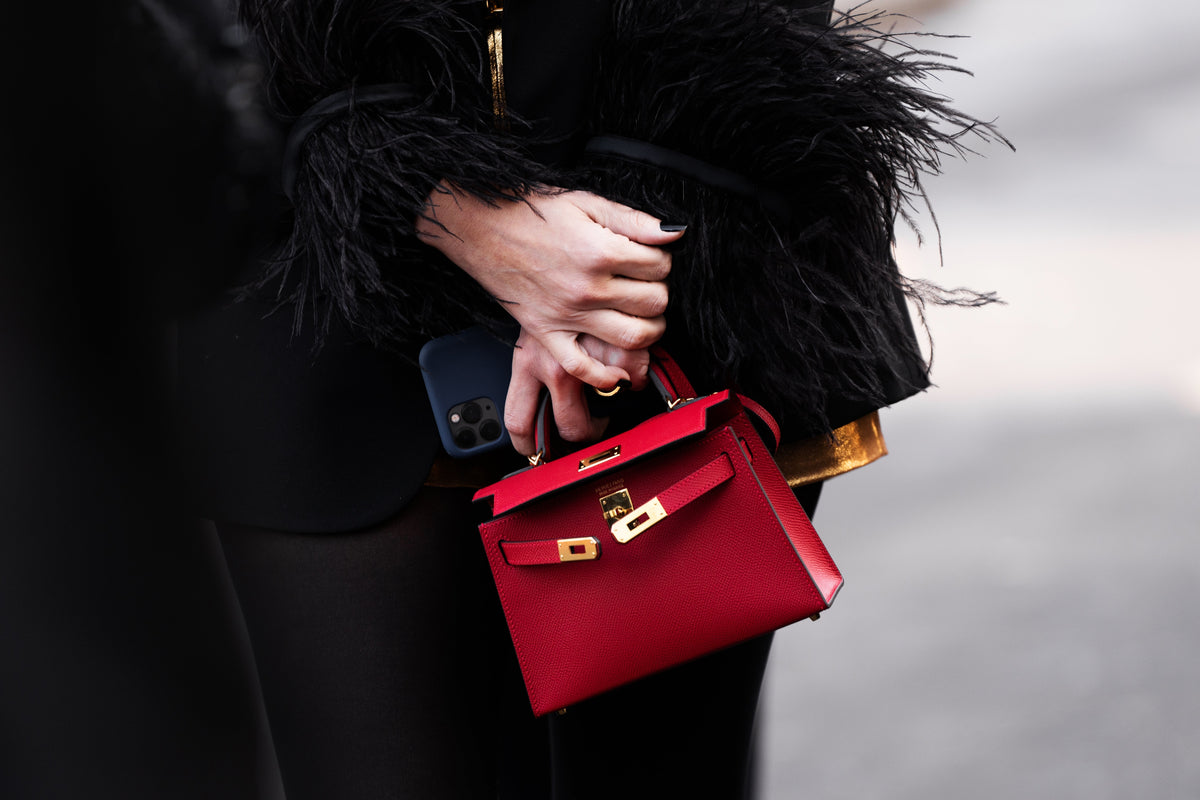In September 2025, Hermès secured a decisive win in a U.S. lawsuit that questioned the very foundation of luxury: exclusivity. A group of American customers had alleged that the French Maison unfairly restricted access to its most coveted handbags - The Birkin and Kelly, coming under fire for requiring loyalty purchases before granting a chance to buy. When the court dismissed the case with prejudice, Hermès not only safeguarded its current practices but also sent a clear message to both new and existing customers: exclusivity is very much here to stay.
Arguing that aspiring Birkin buyers often had to spend tens of thousands on scarves, shoes, or home goods just to be considered, California plaintiffs filed a class-action suit (Cavalleri et al. v. Hermès International) accusing Hermès of operating a “hidden lottery system.”
Hermès defended itself by stating that the plaintiffs had failed to define a clear market or prove harm to competition. They argued that prioritising loyal clients, was not unlawful.
In September 2025, U.S. District Judge James Donato agreed, dismissing the amended complaint with prejudice. The verdict makes it clear that being frustrated by scarcity doesn’t mean a brand is breaking the law. When done carefully, exclusivity is still a legally valid business strategy.
Exclusivity as a Brand Pillar
Scarcity is not just used as a marketing tactic, it is the foundation for upholding ultra-luxury branding. Hermès’s ability to control supply whilst also rewarding its most devoted clientele preserves the capital of its bags.
Other Maisons will be watching closely as this continues to unfold. If Hermès can withstand challenges to its access, it sets a precedent for houses using similar tools: private waitlists, invite-only client events and selective showrooming.
According to Paige Mengers, Founder of Phoenix Style; “The Birkin has never been about availability, it has always been about access. This ruling reinforces Hermès’ entire strategy by keeping the bag scarce; it protects both the brand and its legacy. Each Birkin can take up to 24 hours of meticulous handcrafting by a single artisan, so production is naturally limited.”
She continues, “Combine that with the brand’s strict control over who gets offered one, and you have the perfect formula for maintaining exclusivity. That keeps resale values high, demand insatiable, and the air of myth around the Birkin intact.”
“In today’s market, where many luxury houses chase volume and mass production, Hermès is proving that saying ‘no’ is still the most powerful tool a heritage brand can have. If I am entirely honest, I believe this ruling is the best thing for a luxury brand like Hermès, as it keeps the Birkin truly exclusive.”
The Resurgence of the Birkin & Kelly
The Birkin, first introduced in the early 1980s with Jane Birkin, and the Kelly, dating back to the 1930s, have long been benchmarks of status. But in the past two years, these silhouettes have resurged as potent wealth indicators, amplified by social media and celebrity culture.
The result? Beyond Hermès boutiques, the distinctive trapezoid shape with two metal-ended sangles is everywhere: echoed now in high-street handbags, copied by mid-tier brands emulating the shape. This has been further celebrated across TikTok and Instagram as new money has introduced a new generation of buyers for this bag. Yet, only the originals carry the gravitas, durability and the investment profile to make them endure.
Why the Gap Between Ultra-Luxe and High Street Will Persist
On resale, the difference between a true Hermès piece and an inspired high-street version becomes striking. A Birkin purchased at retail might appreciate by double, triple, or even quadruple when resold, depending on rarity and material. By contrast, trend-driven dupes lose value the moment they leave the store, not to mention wearing and tearing much more rapidly due to the materials they are made of.
Luxury houses like Hermès maintain cultural cachet by refusing to meet demand at scale, ensuring that what’s rare stays rare.
The Role of Resale in Keeping Luxury Accessible
For many buyers, resale is the bridge between aspiration and ownership. Phoenix Style plays a vital role here, curating authenticated Hermès pieces at more attainable prices than traditional resellers, without diluting the brand’s distinctive value.
Unlike fast fashion “lookalikes,” trusted resale preserves both the brand and future investment value. For collectors and first-time buyers, resale allows entry into a world that otherwise remains locked behind boutique doors.

Our Verdict
As Paige notes on Instagram, the case is a reminder that value doesn’t come from mass access but from discipline as a brand, “Hermès might prioritise its best clients, but that does not break anti-trust law and that means the Birkin stays as elusive, just as controlled and just as valuable on the resale market.”
The question now is not whether exclusivity is “fair,” but whether scarcity is the lifeblood of luxury altogether? Is it precisely what gives luxury its meaning. After all, as Paige might ask: Once every customer can have it, who still wants it?


COMMENTS
Be the first to leave a comment!